The female organs in the pelvic cavity are crucial for the reproduction process. In this article you will see information about what is normal and how uterus, fallopian tubes and ovaries are evaluated through ultrasound. If you want to learn more, I invite you to keep reading.
Uterus.
The size and position of the uterus vary with age, menstrual cycle, and parity. On ultrasound measurements, the Normal size of the uterus is from 7 cm to 9 cm in patients with multiple pregnancies, and about 4 cm to 5 cm wide.
The uterus is divided into three parts: the fundus, the body and the cervix.
The uterine cavity is lined by the endometrium which is formed by a mucous membrane. The endometrium undergoes monthly cyclical changes, this process is called menstrual cycle , this cycle occurs in response to hormonal stimulation and in preparation for an implantation in case a fertilized egg gets to the cavity, The uterus is suspended in the middle of the pelvic cavity by the broad ligament that anchors it to the pelvic sidewalls.
Share the post.
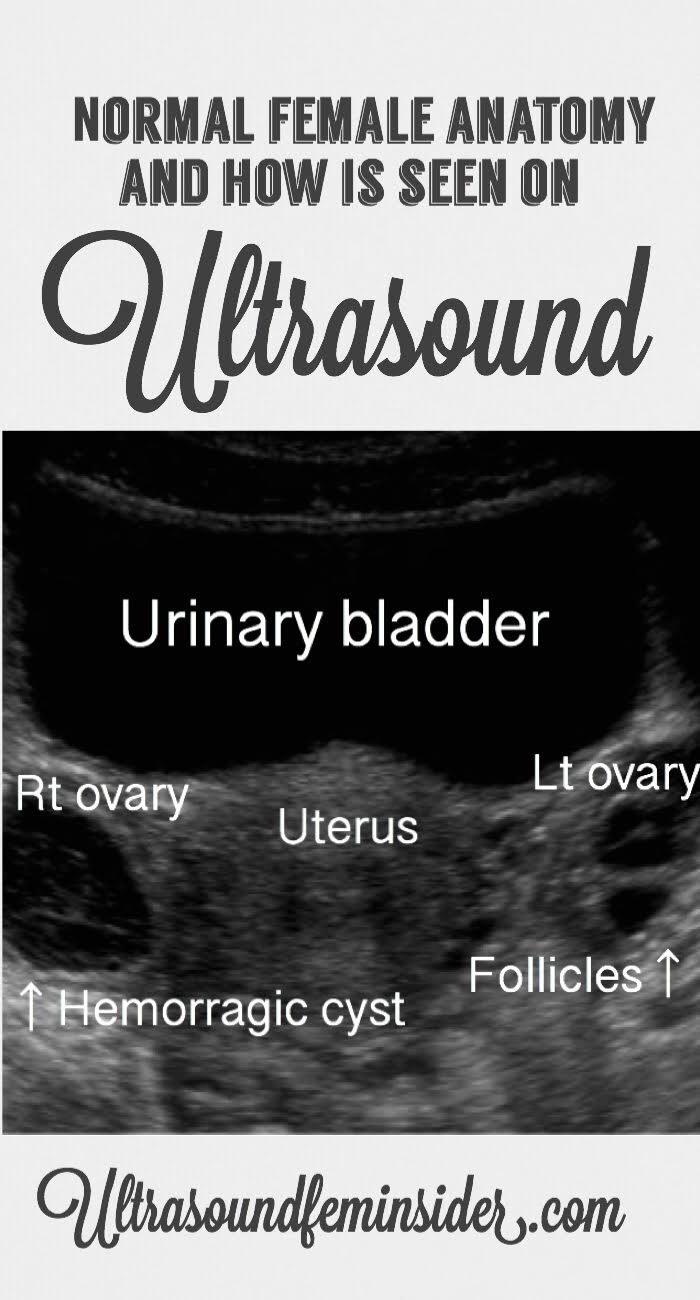
There are 2 different Normal variation of Uterus called Anteverted and Retroverted, is a genetic trace and both uterus are completely normal to carry a pregnancy.
Ultrasound images of different types of uterus.
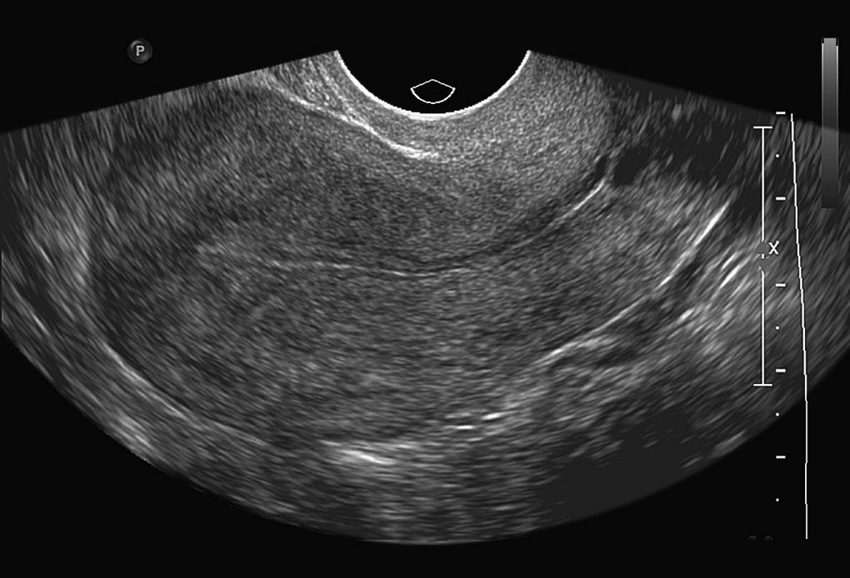
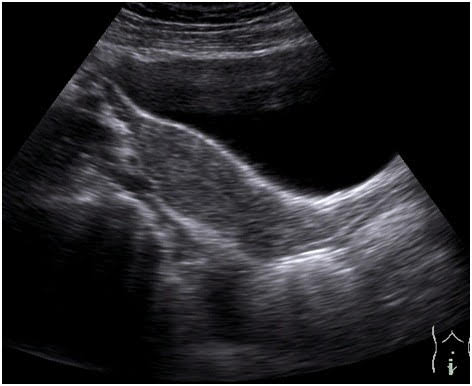
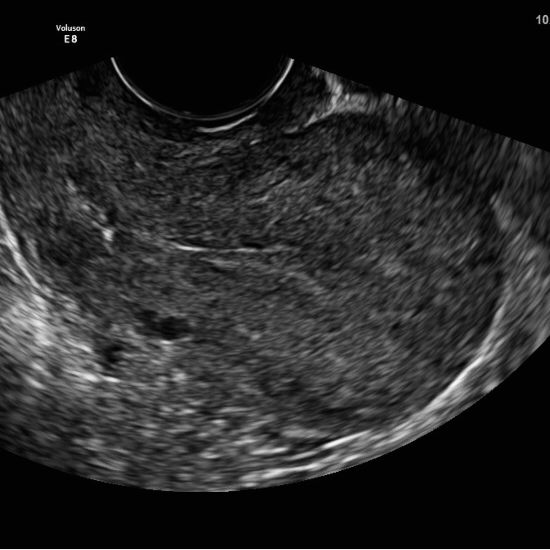
The difference between Anteverted and retroverted uterus.
Anteverted uterus curves forwards at the cervix, towards the abdomen while retroverted uterus or commonly referred to as a tilted uterus, this is a uterus that assumes a backward curvature at the cervix instead of the typical forward position.
Occasionally, females with a retroverted uterus may experience no symptoms and may be unaware of their condition.
However, other females might experience symptoms like:
- Pain in your lower back or vagina during sex
- Having trouble inserting tampons
- Pain during menstruation
- Urinary tract infections
- An increase in bladder pressure and urinary frequency
- A protrusion of the lower abdomen
But is good to know that besides some symptoms, typically, a retroverted uterus will not affect your ability to conceive.
fallopian Tubes.
There is one tube on each side, connecting the ovaries to the uterus, its length measures about 10 cm. The lateral end is closely adjacent to the medial side of the ovaries where is expanded and fimbriated.
Functions of the Tubes.
Facilitate the transport and provide nutrients to the ova and spermatozoa.
Act as the site for fertilization, the process that occurs specifically at the ampullary portion.
Transport the zygote (fertilized egg) into the uterine cavity and to provide nutrients on the way.
Note: Fallopian tubes are not seen on ultrasound unless there is fluid or blood inside which is considered abnormal.
Ovaries with ultrasound images.
The almond shape glands, one on each side, vary in size and position with age, menstrual cycle, parity, and degree of distention of the surrounding organs.
The ovary is made of 2 parts, central medulla, and surrounding cortex. The cortex contains the follicles in various stages of development.
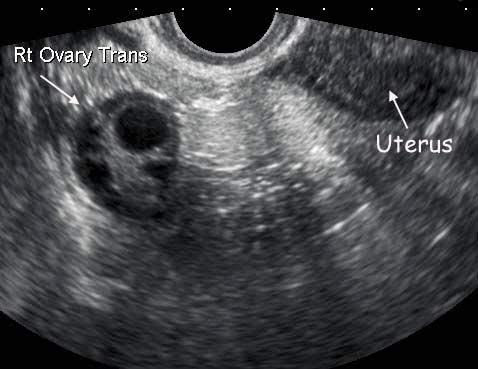
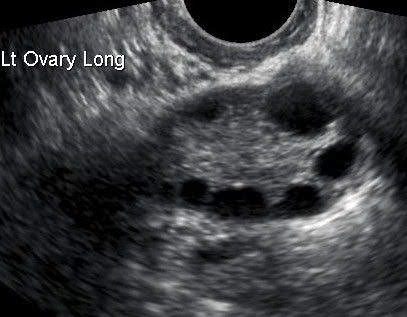
The 2 last images shows, bilateral normal looking OVARIES containing follicles.
Read related topics:
Ovaries, hormonal cycles and common cysts.
Abnormalities of the Endometrium.
Uterine Fibroids, how to naturally treat and prevent them.
Conclusion.
So This concludes the basic NORMAL parts of the Pelvic organs on the female anatomy and how they look on ultrasound, in my next POST I will begin to cover pathologies on each of the organs, so perhaps you like to come back for more information.
If you have any question feel free to leave your comments, I will reply soon !!!!
I hope you enjoy and learn something today, thanks.
Zadi, xo
Disclaimer: Due to HIPPA regulations all patient information is protected on this site. The majority of the Ultrasound images are my own. The information provided on this blog is designed to be used for educational purposes and is made with the best of my knowledge. Therefore, this post is not intended to diagnose or treat any medical condition. For diagnosis or treatments consult your own physician. The author is not responsible or liable for any mistreated pathologies.

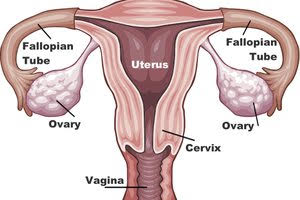









Well explain
Very great post. I simply stumbled upon your weblog and wanted to say that I’ve really loved surfing around your blog posts. After all I will be subscribing in your feed and I am hoping you write again very soon!
I like what you guys are up too. Such intelligent work and reporting! Carry on the excellent works guys I have incorporated you guys to my blogroll. I think it will improve the value of my website 🙂
Admiring the time and energy you put into your website and detailed information you present. It’s awesome to come across a blog every once in a while that isn’t the same out of date rehashed material. Great read! I’ve bookmarked your site and I’m including your RSS feeds to my Google account.
WONDERFUL Post.thanks for share..extra wait .. ?